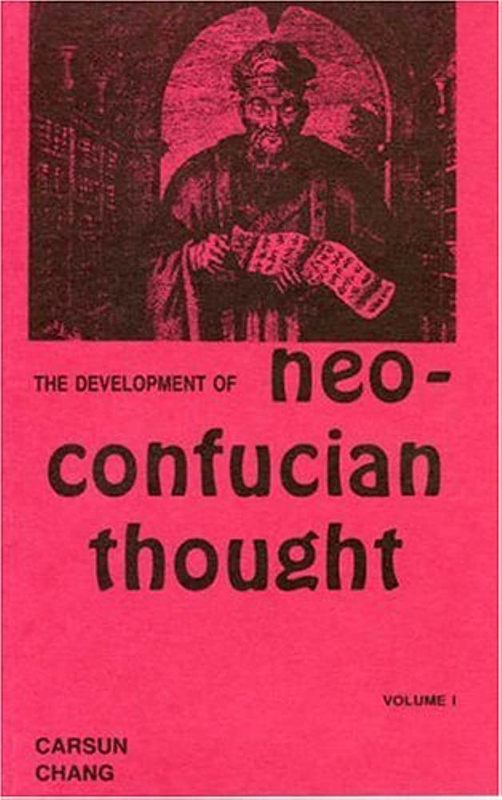The Development of Neo-Confician Thought
Title
Description
In this book Dr. Chang, an outstanding Chinese authority on Neo-Confucianism and founder of China's Democratic Socialist Party, not only presents the Neo-Confucianism of the Sung period (960-1279) as a philosophical system but also the Neo-Confucians as persons, and their impact on Chinese history and institutions (such as new academies and political reforms). The picture thus drawn gives a more historical and dynamic view of Neo-Confucianism than Fung Yu-lan's History of Chinese Philosophy, for example, which treats Neo-Confucianism as if it were purely abstract thought.
The different philosophers' contributions to philosophical developments are clearly and succinctly stated and differentiated. In some instances one wishes more space had been allotted to fuller examination and analysis. For exam-ple, we are told that one of Chu Hsi's basic ideas, namely, the principle of the Unity of Reason (li) and the Manifoldness of Phenomena, was derived from Li Tung (1088-1158) (p. 247). This is indeed a cardinal principle not only in Chu Hsi but in the entire Neo-Con-fucian movement. But where did it originate? Can it be traced further back to Chang Tsai (1020-77), notably to his Cheng meng [Cot-rections for Youthful Follies]? Both Yang Shih (1053-1135) (Yü-lu [Recorded Sayings], Ssu-pu ts'ung-K'an ed., 2.18b) and Ch'eng I (letter to Yang, Wen chi [Collected Literary Works] Ssu-pu pei-yao ed., 5.12b) agreed that Chang Tsai's celebrated "Western Inscription" was an ethical application of this principle. Are they correct? Is it an influence of the Buddhist One-is-All and All-is-One philosophy? Is it the Neo-Confucians' answer to the Buddhist reiec-tion of phenomena? Judging by his publications in Chinese, one would think that Dr. Chang could easily have enlightened us on these points.
Perhaps the most distinguishing feature of the book is its frequent comparison with Western philosophy. In the case of Chu Hsi and Aristotle, the discussion of similarities is quite extensive (pp. 255-262, 282). Dr. Chang notes that both philosophers hold that universals do not exist apart from the mind, that matter is the principle of plurality, that it is the source of imperfection, etc. He considers Fung Yu-lan to be wrong in identifying li with Platonic ideas (pp. 193, 282). To be fair to Fung, how. ever, it should be added that he also equates the Great Ultimate with Aristotle's God (Fung, II, 536-537), and li with Form in Greek philosophy (Il, 542). Dr. Chang understands li as "principle of organization" (p. 256). This is the interpretation recently offered, rather vigorously, by Joseph Needham (Science and Civilization in China, II [Cambridge, Eng., 1956], esp. pp. 474 ff.). But Needham strongly objects to equating li with the Idea or Form of Platonic and Aristotelian philosophy, for he contends that, among other things, "the form of the body was the soul; but the great tradition of Chinese philosophy had no place for soul. . . . Form was the 'essence' and 'primary substance of things but Li was not itself sub-stantial" (p. 475). Instead, he compares the philosophy of li with Whitehead's organicism. It would be most interesting had Dr. Chang discussed Needham and told us how far he would agree with him.
The book is written in smooth and lively English. With a few exceptions the translations are both accurate and fluent. There are numerous mistakes in names, terms (especially Sanskrit), references, and so forth. Overlooking these imperfections, the reader will benefit by the broad perspective and new understanding the book gives us. – Wing-Tsit Chan, Journal of Asian Studies

